5 best ways to help your child with SPAG KS2 SATs
Spelling, Punctuation and Grammar is a key part of the Year 6 SATs. But how can you help your child with SPAG?
All it takes is lots of practice and a bundle of SATs Companion!
Help your child reach that 100 on their KS2 SATs SPAG test with our 5 top tips.
1. SPAG-tastic Spellers!
The National Curriculum has a spelling list for Year 5/6. It’s a list of words that your child should know by the end of Year 6. Sometimes making your child write the word three times can be ineffective. Why not try one of the following?
Try playing games involving spelling words or give them exercises where they need to fill in the missing letter.
Give three misspelled words and one correctly spelled word and have your child circle the correct one.
If you have Scrabble somewhere hidden away, take it out and make use of those individual letters.
Have your child spell the words out with the letters. Make it interactive for your child so that it doesn’t become a boring spelling routine.
2. Voracious Vocabbers!
One thing we noticed about children who have a wide range of vocabulary is that they read a lot. The KS2 SPAG tests will require your child to have a solid vocabulary. Give some of these a go:
– Try giving them a word and have them find three synonyms or antonyms within 45 seconds using a thesaurus.
– Give a ~Word of the Day~ and challenge your child to use it correctly and report back to you how they used it throughout the day.
-Make use of your local library with your child. Have them read various genres and keep a reading log. It’ll not only help your child with their reading skills, but also their writing skills.
To help your child with SPAG, keep a sticker chart and reward them after a certain amount of books.
![]()
3. Grammar Gurus!
Many children struggle with labelling parts of speeches and using correct tenses. Help your child become a Grammar Guru by trying some of the following:
-Ask your child to highlight nouns in one colour, verbs in another, etc. Sometimes, children find it easier to memorise when things are colour-coded.
-Write down grammar terminologies on note cards and have your child give you one correct example. Challenge your children by having them race against the clock or their previous scores.
4. Punctuation Perfectionists!
The KS2 SPAG test also tests your child on whether or not they know how to correctly punctuate sentences. It’s important that you know the punctuation rules as well, so have a quick review before you work with your child. Here are some tips to help:
-Give your child silly sentences and have them correctly punctuate them.
-Tackle the common errors first. Children often struggle with colons & semi-colons, apostrophes and dashes. Look through your child’s writing and work with them to identify correct usage of punctuation.
-Read through a book together and copy out a few examples of sentences. Read through these with and without punctuation to see what a difference it makes. This will help your child understand the importance of each punctuation mark.

5. Keep a daily journal
When we ask children to write stories or essays, many children find the idea of needing to write a lot daunting. Instead, have your child keep a daily journal that requires a certain grammar rule or punctuation rule. Afterwards, read through their journal with them, review the incorrect usages and have them correct themselves. It not only helps your child with their writing skills, but it will also let your child see where they are making mistakes.
Help your child reach that 100 with SATs Companion!
With 10 x SPaG practice tests and thousands of revision questions, your child can get to grips with the style of questions. Try SATs Companion today to help your child with SPAG!
Check Out Our Most Popular SATs Resources….
Need Extra Help For Your Child?
You will find some great resources and help such as LCE Tuition centre, BBC Bitesize English KS2 or BBC Bitesize Maths KS2 (BBC Bitesize are linking partners with SATs Companion. Click on the SATs Companion link and see how pupils improved Reading at Year 6 SATs results, up to 29% in one year.
“My son’s teacher recommended SATs Companion to help my son get ready for the year 6 SATs. I must say it is a high quality product with questions, tests and helpful videos. “




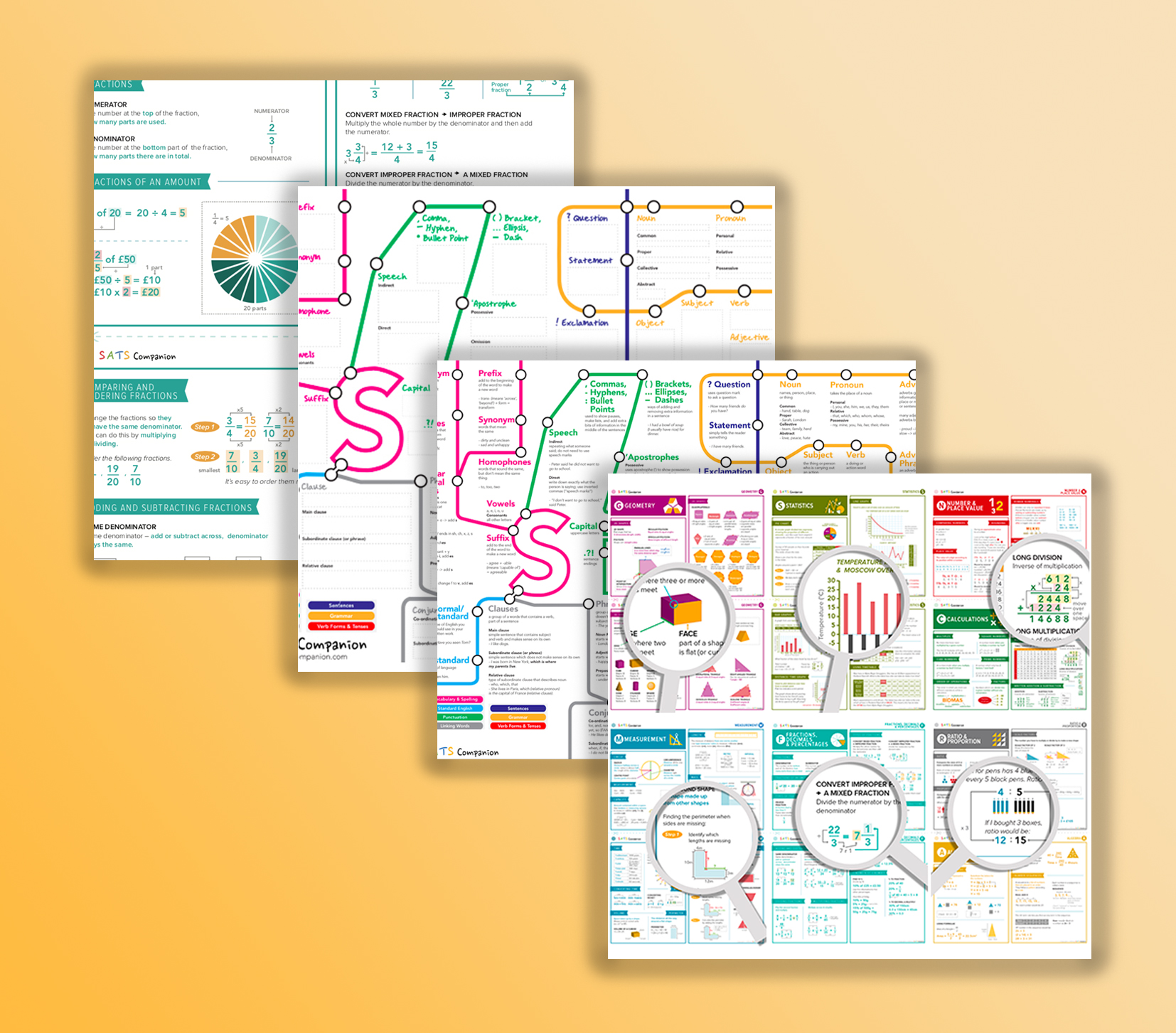
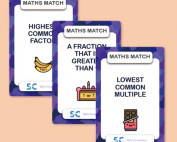
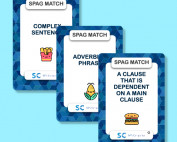
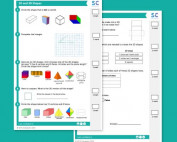
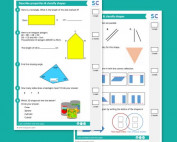
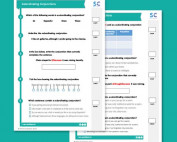

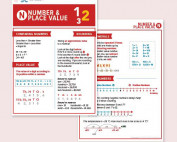
Leave A Comment
You must be logged in to post a comment.